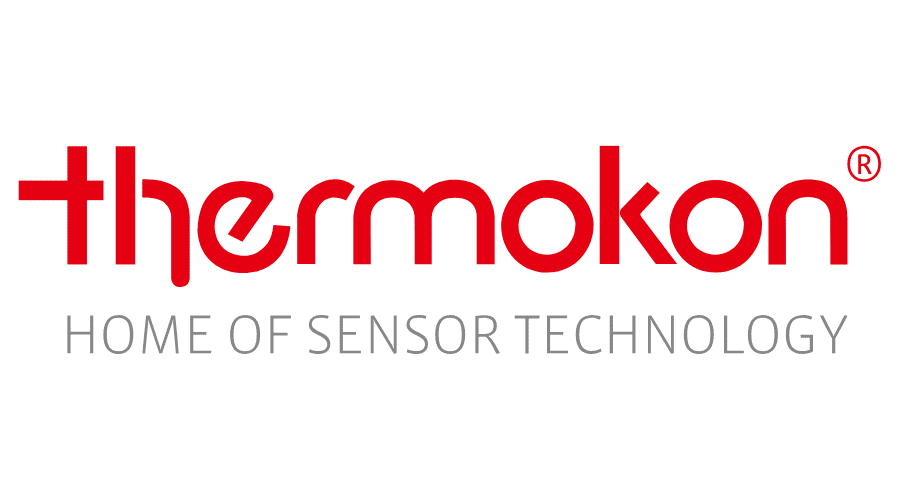SASPIT
Safe and Secure Sensor Platform for IoT

General Information
With each passing day, the number of networked and connected devices continues to grow. This means that the Internet of Things (IoT) is a moving target with a constant characteristic that it will expand into more and more domains across society. In the home sector (smart home), this concerns sensors and actuators in air conditioners, heaters, electricity meters, but also cameras and “intelligent” speakers. For end users, this has many advantages:
- smart electricity meters make it possible to use consumption-optimized and thus cost-effective electricity tariffs;
- intelligent control of heating, air conditioning and shading makes it possible to save electricity and carbon dioxide;
- and surveillance cameras and fire detectors provide additional security.
On the other hand, there are also considerable concerns. Much of the data collected is private and requires protection, as the relevant devices are often used in sensitive locations (e.g. door locks). A security standard is often assumed here, but this is not always the case. This is due in large part to the high cost of IoT devices, where security tends to be seen as a hidden cost. Another big reason is the lack of standardization, which prevents a sustainable, easy-to-use security architecture.
Project Goal
The aim of the Safe and Secure Sensor Platform for IoT (SASPIT) project is to develop an open IoT sensor platform with consistent security guarantees for the correctness, integrity and confidentiality of data (safety, security and privacy) as the basis for a uniform security architecture in smart homes.
During the development of the required hardware and software, attention is paid to verification and certification. In other words, an exemplary and openly comprehensible verification of individual, directly reusable components is carried out and the certification of a system developed on this basis is facilitated by a corresponding guideline. In addition, new methods for protecting electronic components or sensors (after manufacturing, during the delivery process and in operation) are being researched. The plan is to use unique properties of electromagnetic radiation that can be measured during wireless communication.
Infosim® – Our Focus
Our main effort, which basically relates to the separate work stream ‘SASPIT-INF – central management and system integration’, concerns the system integration and monitoring (e.g. connection of the components developed in the project, such as sensor networks, to a central network management system) and corresponding demonstrators (especially in the chosen context of building automation). Before that, we will be supporting the other partners in the architecture discussions and requirements analysis as well as in the overall system setup of the platform (e. g. soft- and hardware components, cryptographic methods, etc.) in particular from a network management perspective. One additional aim here is to pay particular attention to the generalizability of the approaches and to develop solutions that are not specific to certain hardware or technologies, but are also future-orientated for further changes of the systems.
More information (german page): https://saspit.cs.hs-rm.de/
Back to the Project Overview

Software
Made in Germany

Software
Made in Germany








